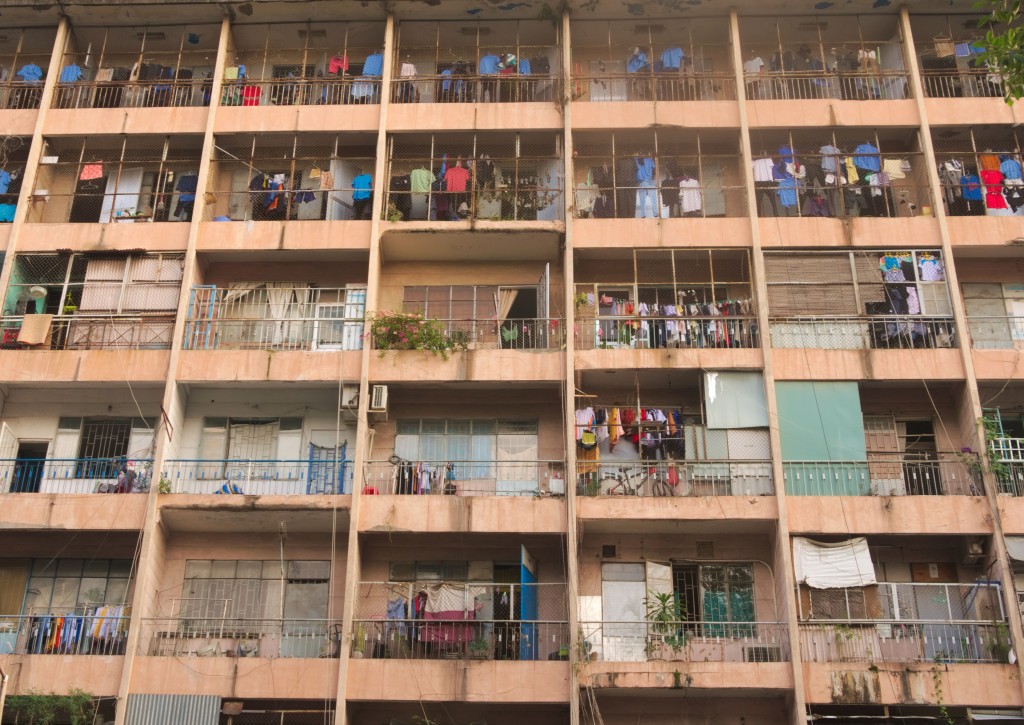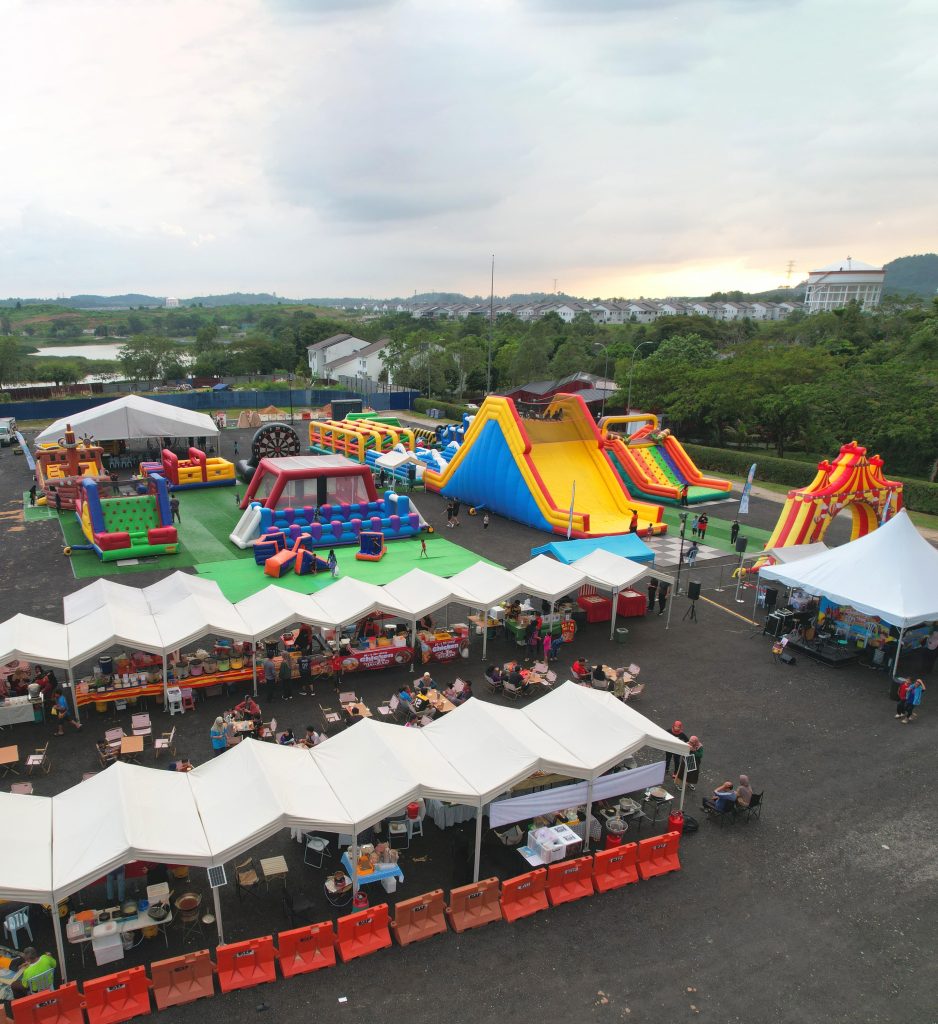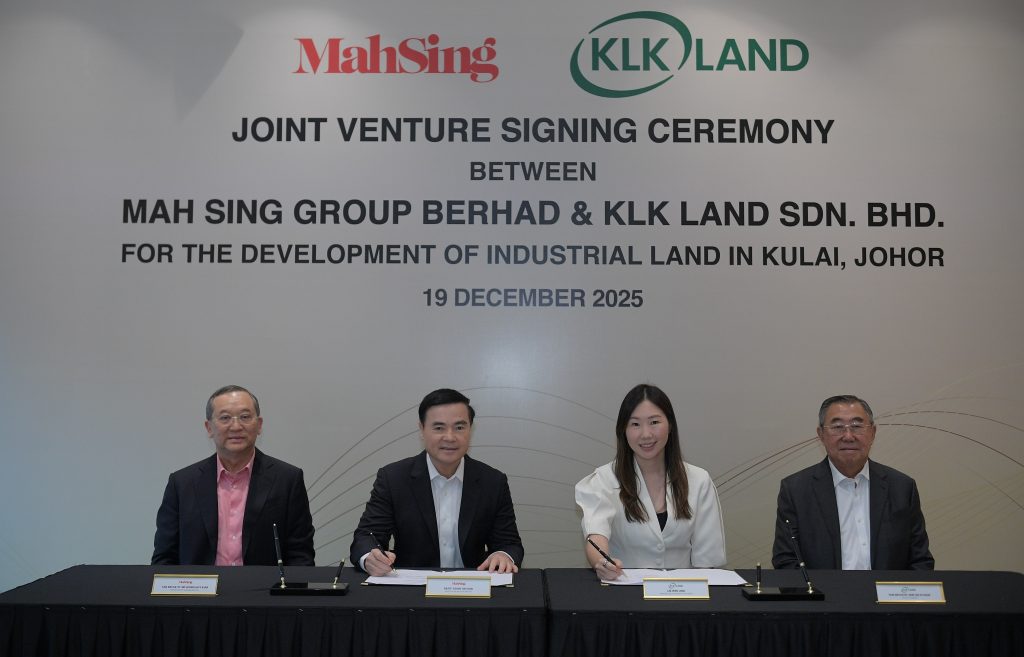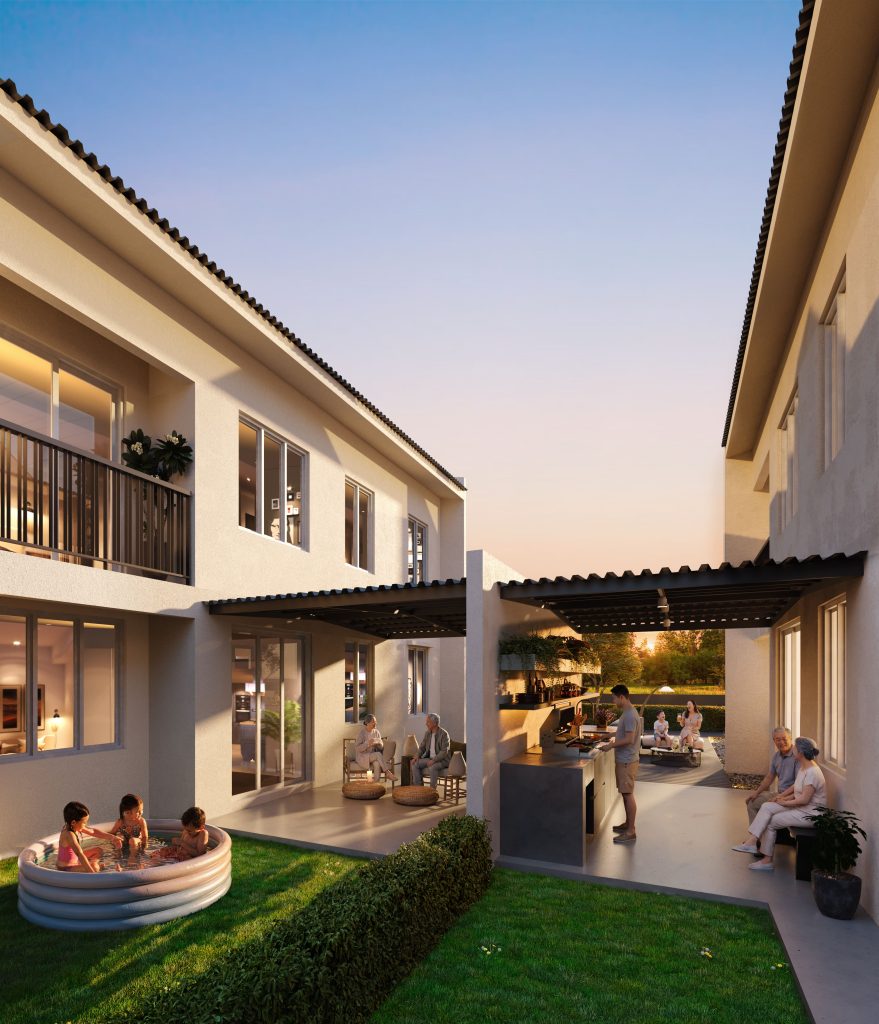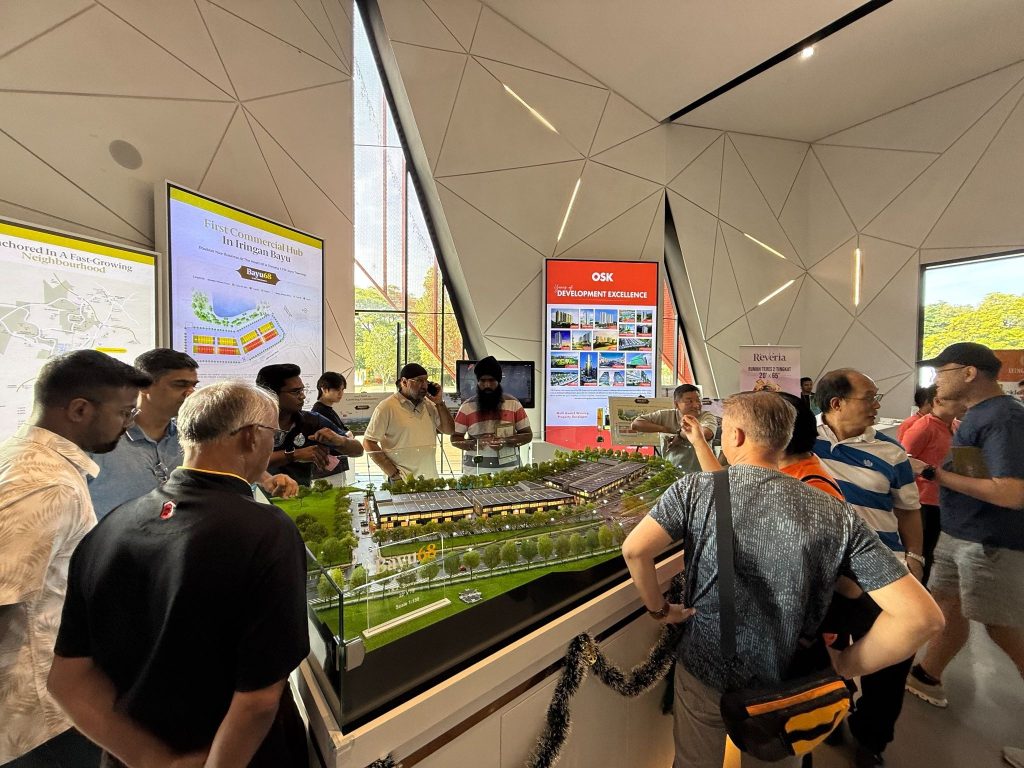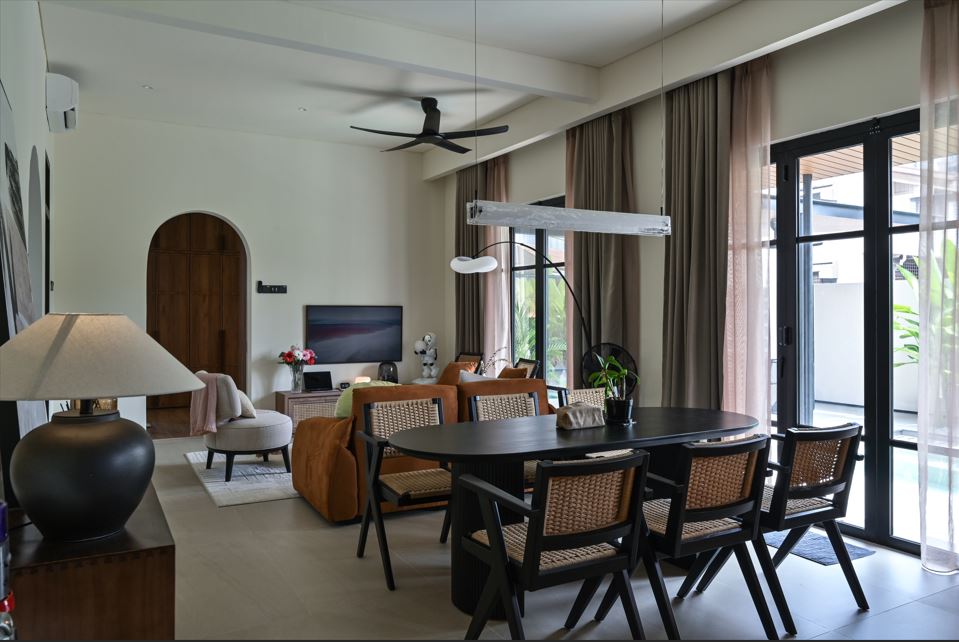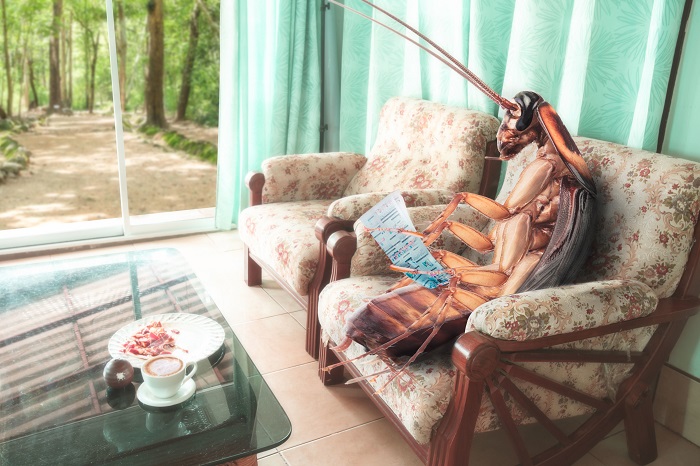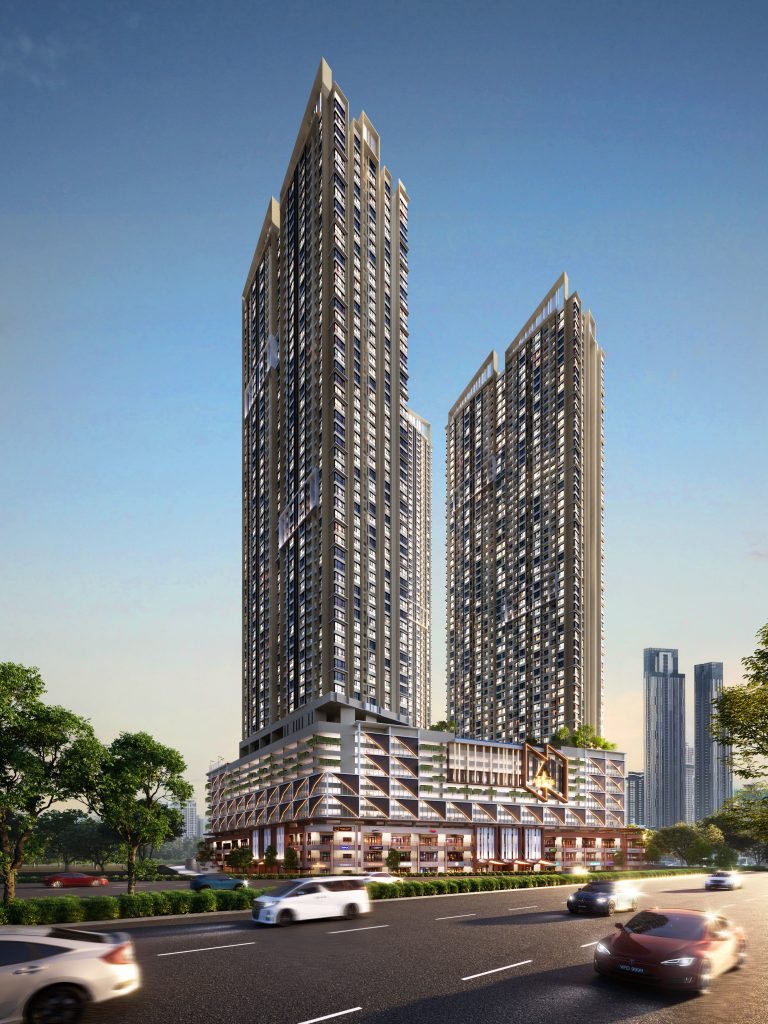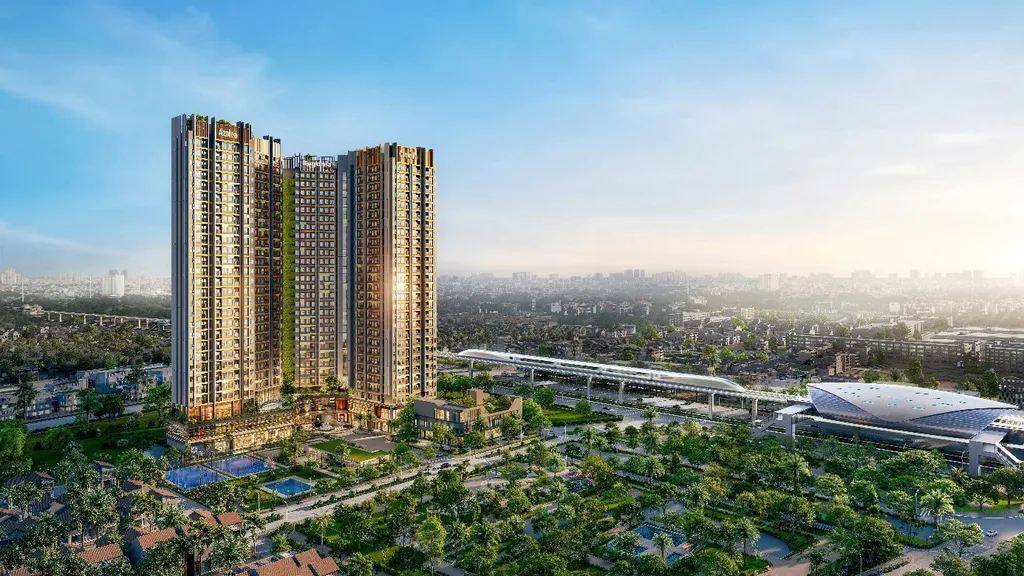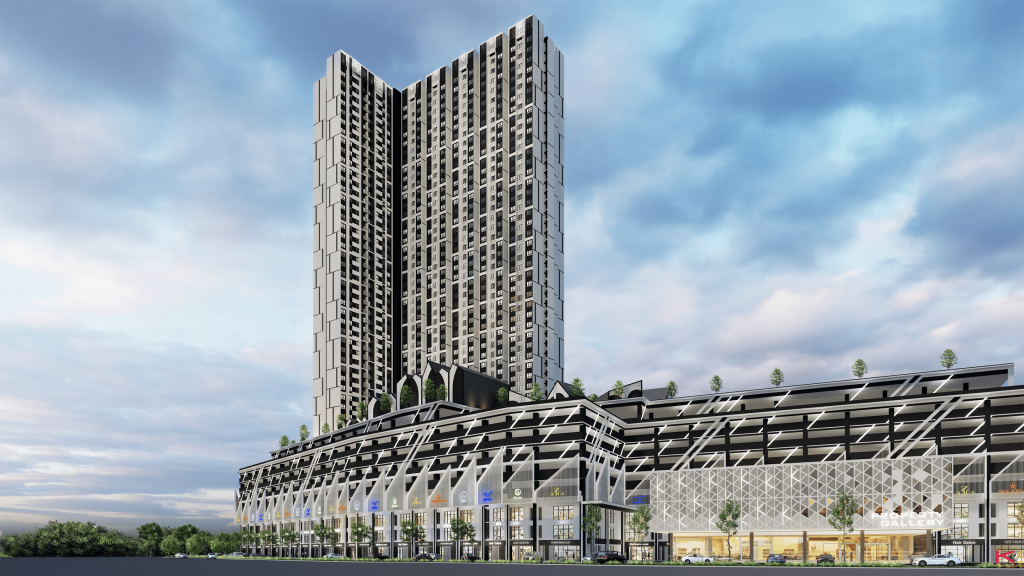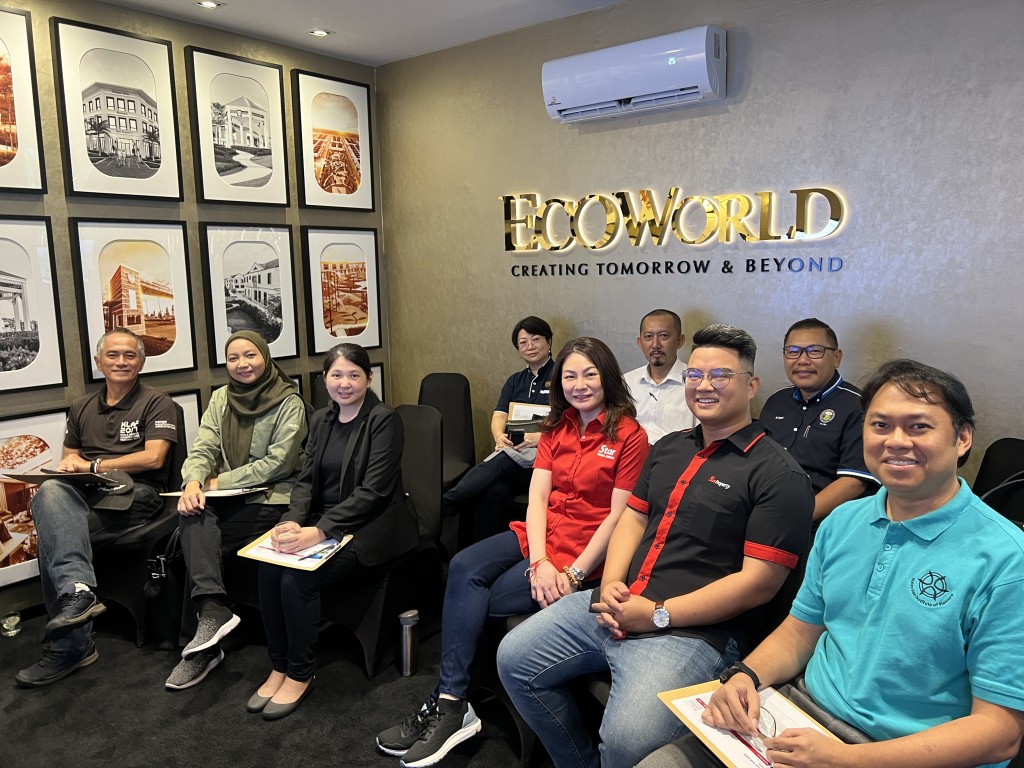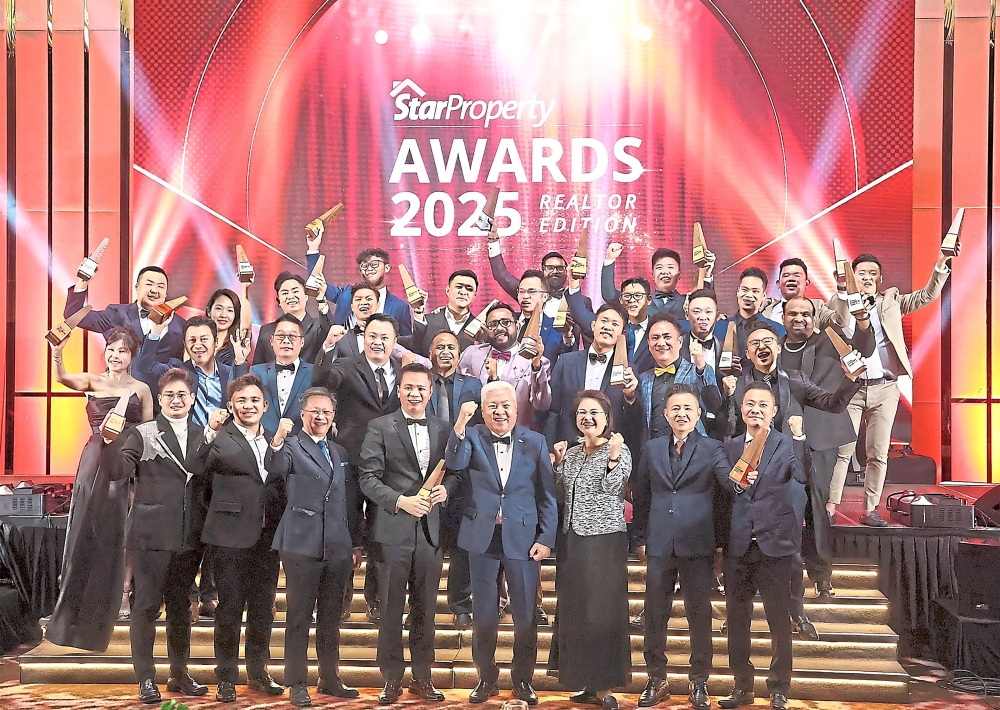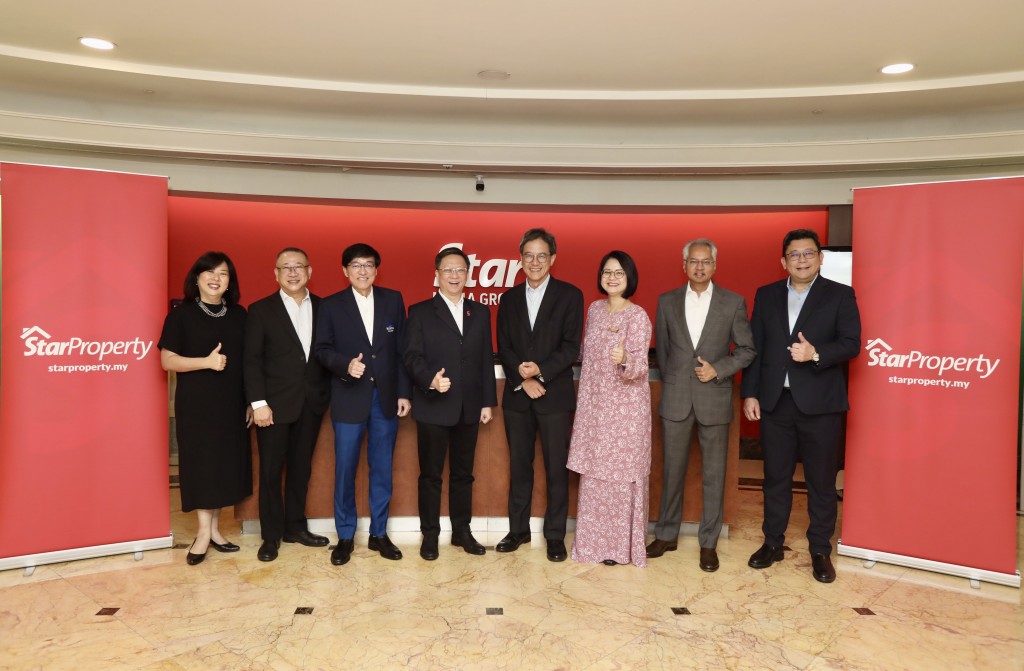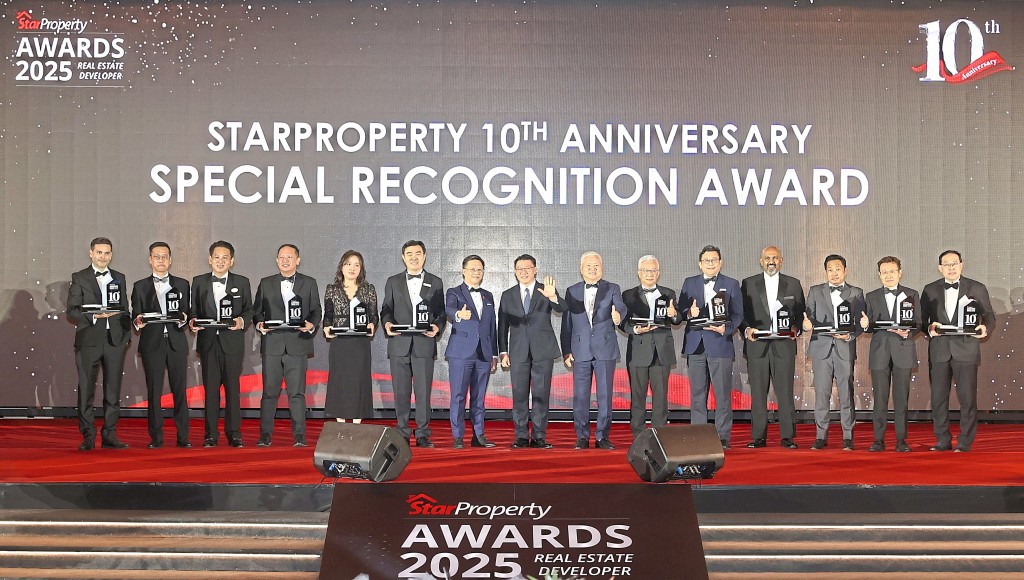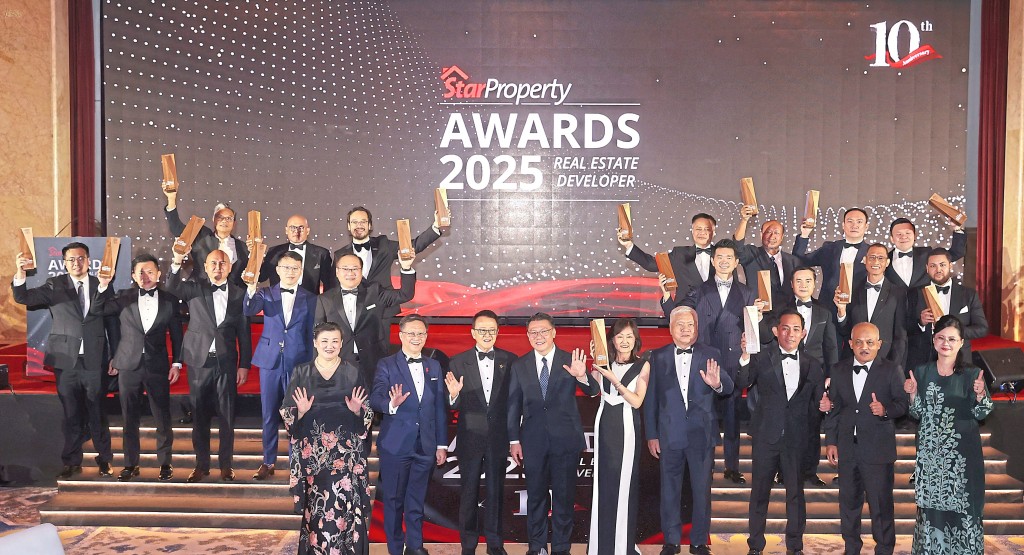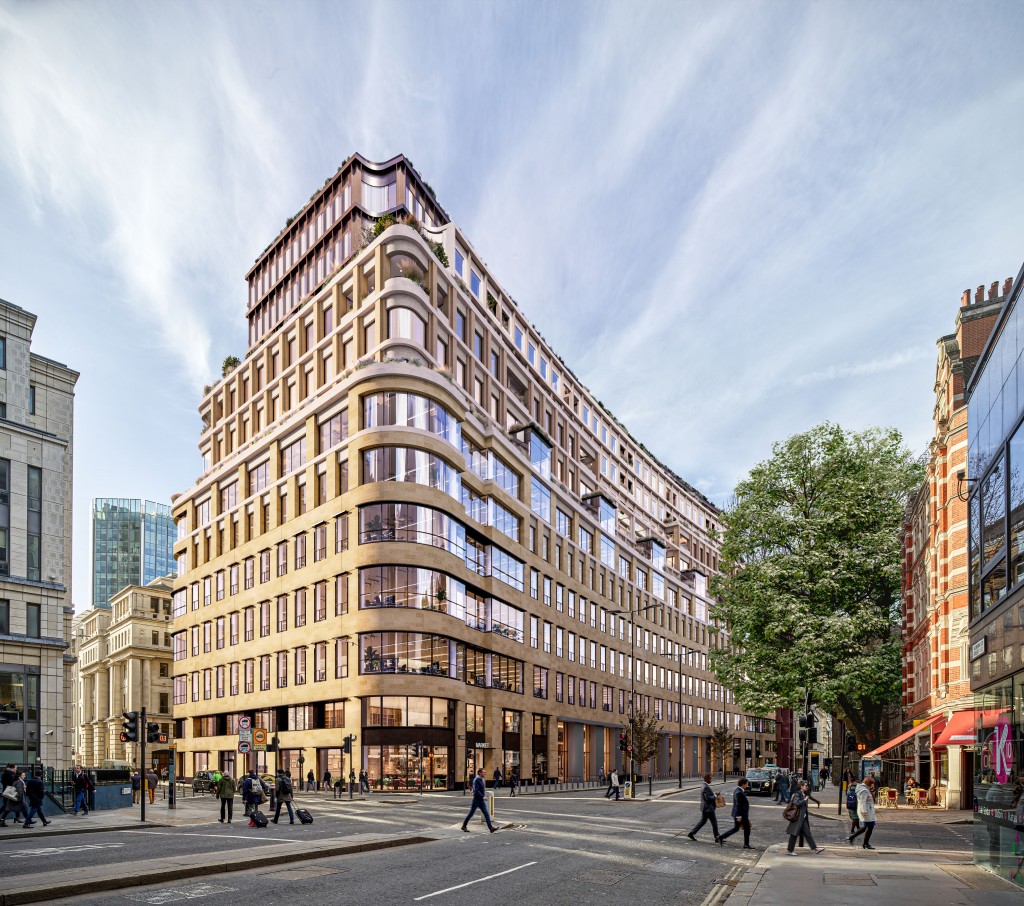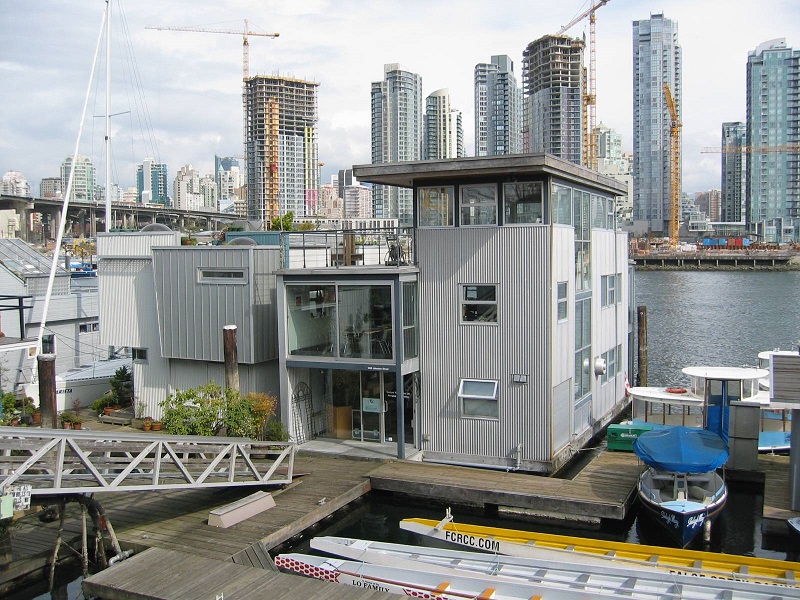The industrial park boom necessitates their upgrade
Before machines fire up in Malaysia's bustling industrial parks, a sea of workers rise early, gear up and head out for the daily commute. For a long time, worker accommodations were an afterthought, a simple means to an end. They were often hidden from plain sight, limited to basic dormitories that provided just enough to get by. But things are shifting dramatically today. The improving industrial landscape is bringing up the right issues and how to address them. In this case, proper foreign worker accommodations are known today as centralised labour quarters or CLQs.
These developments are evolving from a mere compliance necessity into a fresh category of industrial infrastructure. This change sparks a crucial question for anyone in property. Could these spaces even become a hot investment opportunity?
As Malaysia continues to position itself as a regional manufacturing hub, the question of where workers live has become just as important as where they work. Past reports have shown poor living conditions being linked to supply chain disruptions, import bans and serious reputational damage. It is important to study the root of this issue. CLQs may hold the key to safer, more productive and competitive industrial growth.
Workforce size
This is especially critical given the sheer scale of Malaysia's foreign workforce. As of late 2024, there were approximately 2.47 million registered foreign workers in the country. This group is the backbone of Malaysia’s manufacturing, construction and plantation sectors. Data shows that over 770,000 workers are in manufacturing alone. Hundreds of thousands more are in construction and services. This large and essential workforce requires proper housing and that is where the regulations come in.
The game changer was the updated Employees' Minimum Standards of Housing Accommodations and Amenities Act, known as Act 446. This law signals a new era of accountability. The legislation now spells out specific no-nonsense requirements. For instance, each worker must be provided with at least 3.6 sq m (38.75 sq ft) of floor space, a single bed with a mattress and pillow and a lockable cupboard. The regulations also mandate a specific ratio of toilets and bathrooms to the number of occupants, as well as adequate ventilation and fire safety systems.
Non-compliance is a serious matter. Breaches are considered compoundable offences and prosecution usually follows if companies fail to settle them. The Department of Labour Peninsular Malaysia is the key enforcement body. They conduct pre-occupancy inspections and regular audits. Companies that fail to meet these standards can face hefty fines of up to RM50,000 per worker for each offence. In some cases, they risk the suspension or loss of foreign worker hiring quotas. This regulatory clarity has created a predictable demand for compliant housing solutions. In short, CLQs are no longer just a nice-to-have. They are now a must-have, a real cost of doing business in Malaysia's industrial landscape.
A potential asset
What if this cost could actually become a profitable income-generating asset? For developers and property investors, CLQs present a significant opportunity. A system exists where developers build and operate these facilities and then lease the beds or whole units to multiple employers. This creates a rock-solid and steady rental income stream. It is a much more predictable flow than conventional residential or student rentals. The upfront cost for a Certificate of Accommodation, ranging from RM2,000 to RM5,000, is a small price to pay to formalise a valuable bankable asset.
The Real Estate Market Outlook 2024 by CBRE WTW reinforces this trend. The report highlights industrial expansion and ESG-conscious investments as key motivators in the property sector. Investors are now viewing structured worker accommodation as a stable yield asset, especially in industrial hotbeds such as Johor, Selangor and Penang. Smart developers are even teaming up with state governments to build CLQs directly inside industrial parks, making them even more attractive to investors.
CLQs deliver something employers care about deeply, which is productivity. Better housing leads to healthier and happier workers, which in turn results in lower absenteeism, better retention and fewer workplace incidents. In a competitive labour market, a high-quality CLQ can be the difference between a stable and motivated team and a constant scramble for workers. Plus, they help companies sleep better at night by lowering reputational risk. It has been seen how poor worker housing can lead to export bans in industries like gloves and palm oil. Building certified and well-managed CLQs is a simple and effective way to keep regulators, auditors and international buyers happy.
Worker health
The social and economic impact of CLQs extends far beyond the factory floor. By bringing workers into a safe and well-managed environment, they help prevent health crises. This was a critical lesson learned from the recent pandemic. They also help reduce social tensions and urban overcrowding that can arise from informal and scattered housing arrangements. A World Bank report highlighted that a 10% increase in low-skilled foreign workers can boost Malaysia's GDP by up to 1.1%. Investing in humane living conditions is not just an ethical duty but a strategic move to sustain this economic engine.
Today's CLQs are getting more sophisticated. Some newer developments are designed as compact self-contained townships with onsite clinics, canteens, recreation areas and Wi-Fi. Developers are experimenting with modular builds for faster delivery and using smart systems to manage occupancy and maintenance. The Laman Lestari project in Bandar Sultan Suleiman, developed by the Selangor State Development Corporation, is a notable example. This facility is not just a place to sleep but it is a fully managed community with a food court, prayer rooms and outdoor gyms all offered for an all-inclusive monthly rental fee.
Ultimately, CLQs are rapidly becoming a key ingredient in Malaysia’s industrial success story. As the country competes with regional rivals, every part of the industrial ecosystem matters and that includes worker housing. When done right, CLQs can evolve beyond just meeting legal requirements. They can become a boost to productivity and a prime investment opportunity for those with a keen eye for the next big thing.
Stay ahead of the crowd and enjoy fresh insights on real estate, property development and lifestyle trends when you subscribe to our newsletter and follow us on social media.

